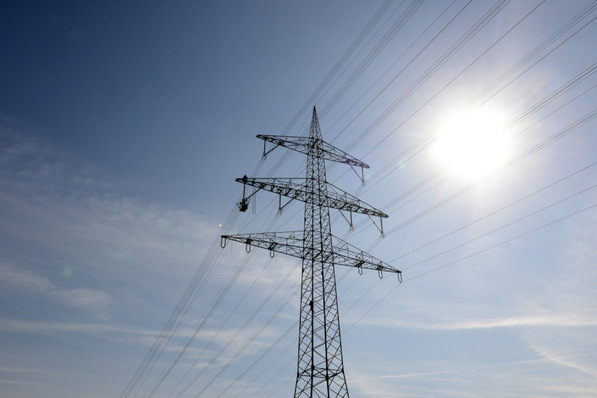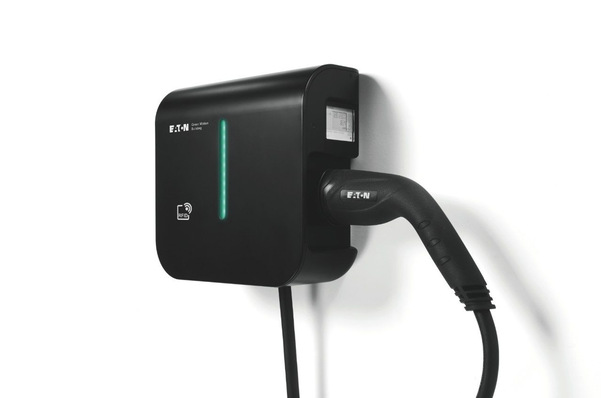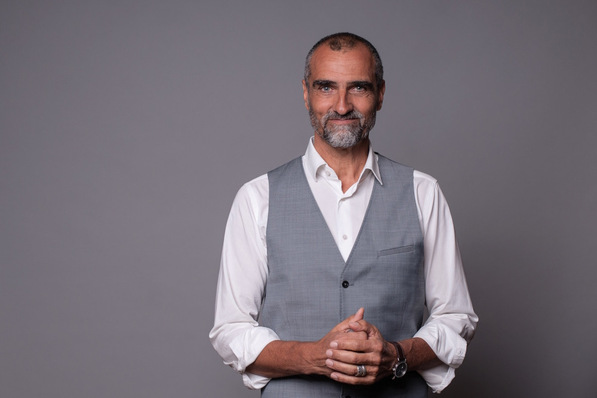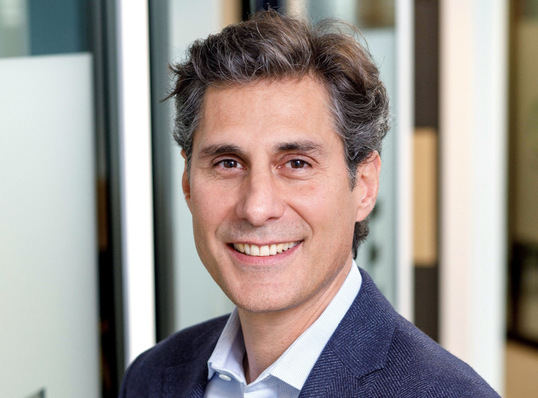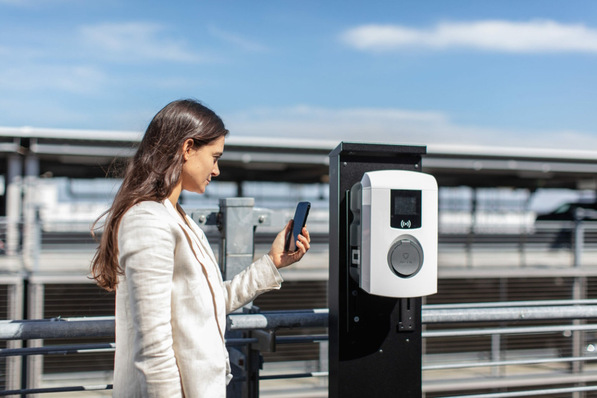The universally desired growth in the area of electromobility on the one hand and the increasing volatility of the available renewable energy volumes on the other require the rapid introduction of variable electricity tariffs. They enable energy suppliers to technically stabilise their grid operations and at the same time improve the loyalty of their end users. Already on 5 June 2019, a directive on the introduction of "dynamic" (variable) electricity tariffs was passed in the EU Parliament and Council. An example from Norway shows how to kill as many birds with one stone as possible (reduce customer fluctuation, improve capacity utilisation, promote e-mobility, save energy).
Energy management in an app
For some time now, the Norwegian energy supplier Fjordkraft has successfully combined a user-friendly app, the Internet of Things and a variable electricity price offer to enable its customers to charge their EVs intelligently and cost-efficiently. The application directly accesses the IoT and automatically starts the charging process of the EV as soon as the electricity tariff is particularly cost-effective due to certain factors. It also makes sense for the users of the app to specify specific times at which they want to leave the charging station with a full battery. The user-friendly and easy-to-understand mobile application has been well received by Norwegian customers: The Fjordkraft app has already been downloaded over 200,000 times. However, e-mobility is only one of the many ways in which the Internet of Things can connect electricity suppliers and consumers. There is still great potential for optimisation. The more directly, seamlessly and immediately IoT-enabled devices, sensors, services and applications are connected with each other, the higher the cost savings/coverage and the lower the environmental impact. Energy providers can pass these cost savings on to their customers in the form of variable tariffs, for example, and thus differentiate themselves from their competitors in the energy market.
Connecting devices and applications via Platform-as-a-Service
The experience of Conrad Connect's Platform-as-a-Service (PaaS) model used by Fjordkraft shows that the zenith of proprietary, closed or product-exclusive solutions seems to have passed. In order to achieve the greatest possible effect, platforms should be developed simply, highly flexibly and openly - and be able to be linked within a very short time via existing (or easily created) interfaces. At the same time, each connected partner should also be able to provide its customers with an individualised front end.
See also: Solar is key to the success of the future’s cities
Fjordkraft and Conrad Connect are already working on IoT-based applications to make the power supply more sustainable and energy-efficient in and alongside the areas of electromobility and domestic energy management. After all, more and more consumers are deciding to generate their own electricity, i.e. to move from consumer to prosumer. If the constantly growing number of solar panels, home storage systems and private and public charging stations are integrated into the cloud, interesting synergy effects and real win-win scenarios arise: For example, self-produced excess capacity could be easily fed into the public charging network and billed. (mfo)


